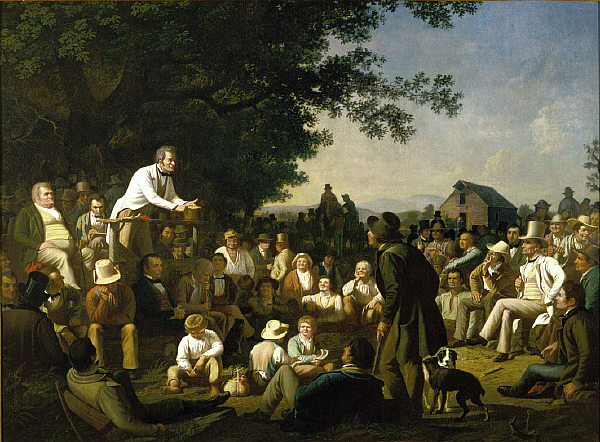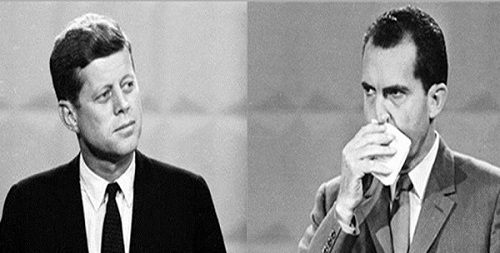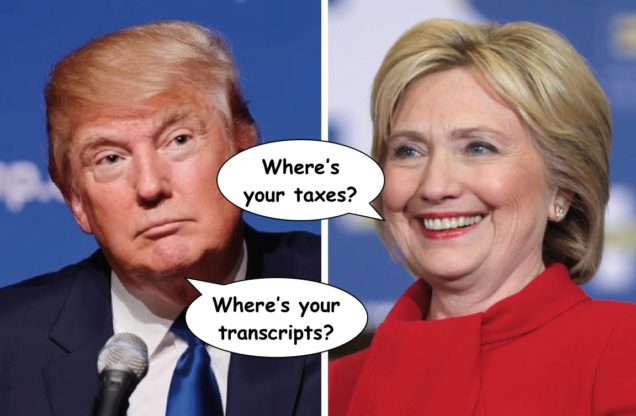The history of the television can be driven back to late 19th and early 20th. The invention of television is regarded as the combined work of many individual scientists all over the world. John Logie Baird invented the first mechanical television. Baird “managed to transmit a flickering image across a distance of 10 feet and the following year, he had a breakthrough when he achieved TV pictures with light and shade in 1924” and in 1928 the Baird Television Development Company achieved the first transatlantic television transmission. Vladimir Zworykin and Philo T.Farnsworth invented the electronic television in Russia and America independently.
During the War II(1939–1945), worldwide military actions suspended the development of televisions and some of the companies like RCA turned their attention to military production. The full–scale commercial television broadcasting began in the United States after the war around 1947. By the 1955–56 television season, “14 of these live–drama anthology series were being broadcast. This is often looked back on as the ‘Golden Age’ of television.” (Stephens, 2015)
Not surprisingly, the number of American homes with televisions had been going through an exponential increase in the 20th century.“Before 1947, the number of U.S homes with television sets could be measured in the thousands. By 1955 half of all U.S. homes had one black and white television set.By the late 1990s, 98 percent of U.S homes had at least one television set, and those sets were on for an average of more than seven hours a day.” (Stephens, 2015) By 21 century, telephone carriers had begun building video networks. Today, broadband data networks, fixed and mobile, offer additional delivery pathways bringing video to viewers.
Television has transformed political campaign in the United States by changing the medium in which information is disseminated, by altering the form of political communication, and by blending in recreational and commercial elements.
By 19 century, candidates for American presidential campaign gave the speech by means of a traveling way— “Stump Speech”, disseminating their political declaration in the center of a crowded place.
Started from 1930s–1940s, the United State has given rise to a new disseminated approach— Broadcast, profoundly altering American presidential election. After that, the most important issue in American politics is how to fully utilize mass media. Inevitably and revolutionarily, television dramatically transformed political campaign in the United States. Dwight D. Eisenhower was the first American president to use television for election and success. In 1960, an unexpected success of a young and less tactful presidential candidate, John F. Kennedy, proved how profoundly television influenced political activity. Through television screen, viewers perceived different scene from the broadcast: Nixon was gaunt and exhausted, contrasted sharply with the confident and vital Kennedy. Kennedy’s revolutionary success was regarded as the beginning of the new era of American television.

Notably, television as a new medium that time, transformed the political election speech into more conversational, visual, commercial and recreational form. In the 1960s and 1970s, pressure from the advertiser on the American television industry to create entertaining news material made sound bites central to political coverage. (Michael Kazin, 2011) Presidential elections started to utilize advertisings and short clips cut from candidates‘ disclosures to dissimilate information. Very naturally, the focus for voters in American political campaign gradually shifted from political issues into candidates themselves. Politicians began to use “glamorous techniques to craft self–images and slogans that would resonate with the television–viewing audience and ensure their victory in campaigns.”(Joanne, 2009) Therefore, shrewd politicians cannot merely rely on craving political disclaims to guarantee the victory of a political campaign, but take pains to ensure they are likable.
However, the United States presidential election of 2016, over 100 million people—were about the same with the number of viewers in the NBA Finals in June— watched the first television debate between Hillary Clinton and Donald Trump, turned the political campaign into a tumultuous and unscrupulous television reality show. Donald Trump and Hillary Clinton defame each other impetuously in television debates, taking pains to gain the victory.

Online–social–mobile communication technologies nourish the development of online social media and offer an intelligent, informative and immediate platform for people to express themselves. Social media plays a significant role in the process of presidential election, especially Twitter. On the day of the election in 2016, Twitter became the biggest source of major news, and 40 million tweets were released on the night of November 8, 2016, at 10 o’clock.(Alexa Internet, 2017.02.01) “For all of its flaws and the badness of the product itself, this election has proven Twitter is vital,” said Ben Thompson, the founder of Stratechery, a technology industry analysis site. “The immediacy and speed is unmatched by any other network.”
Also, social networked media, as decentralized forms of mass communication via which individuals and groups can actively contribute to sharing and shaping a universe of media content(IGI Globe). It changes the participation habits of the audiences as well as posing a great challenge to traditional media in significant ways. Social media platform enabled social change that strongly involves users of co–creating emerge as a result. After 2004, in western countries, a new generation of social media represented by Facebook, Twitter and Youtube began to emerge and develop rapidly.Zuckerberg, the founder of Facebook, released an official briefing in 2012, saying that “In 2010, 500 million registered users had Facebook, and registered users soared to 1 billion in 2012. More than 80% of the users are from Asia.” (Minghua, 2013) On 22 September 2014, Hong Kong‘s “Occupy Central” protest utilize digital social media to broadcast information and organize events. Due to the understanding of the new media and the flexible channels of the social mobilization, Therefore, despite a sensitive platform to fabricate fake news, depriving of the authoritative control of news content and with the high extend of popularizing rate of mobile phones, online–social–mobile media can still be very crucial to improve people’s democratic statues.
By Yueying Du, BU Emerging Media Studies Master’s Student, dyy@bu.edu
Reference:
- By Pete Vernon.100 days of Trump, as told by The New York Times front page.CJR.2017.4.28
- “Twitter.com Site Info”. Alexa Internet. 2017.02.01.
- 徐明华. 亚洲国家的社会化媒体应用与管理[C]. 中国社会化媒体发展报告2013年卷. 华中科技大学出版社. 2013:4-14.
- Huurdeman, p. 149 The first telefax machine to be used in practical operation was invented by an Italian priest and professor of physics, Giovanni Caselli (1815–1891).
- Stephens, Mitchell (February 6, 2015). “History of Television”. www.nyu.edu. New York University. Retrieved February 6, 2015.
- “Who invented the television? How people reacted to John Logie Baird’s creation 90 years ago”. The Telegraph. 26 January 2016.
- Joanne Sujansky; Jan Ferri-Reed (2 June 2009). Keeping The Millennials: Why Companies Are Losing Billions in Turnover to This Generation- and What to Do About It. John Wiley & Sons. p. 174. ISBN978-0-470-43851-0.
- Michael Kazin; Rebecca Edwards; Adam Rothman (21 August 2011). The Concise Princeton Encyclopedia of American Political History. Princeton University Press. p. 401. ISBN978-0-691-15207-3.